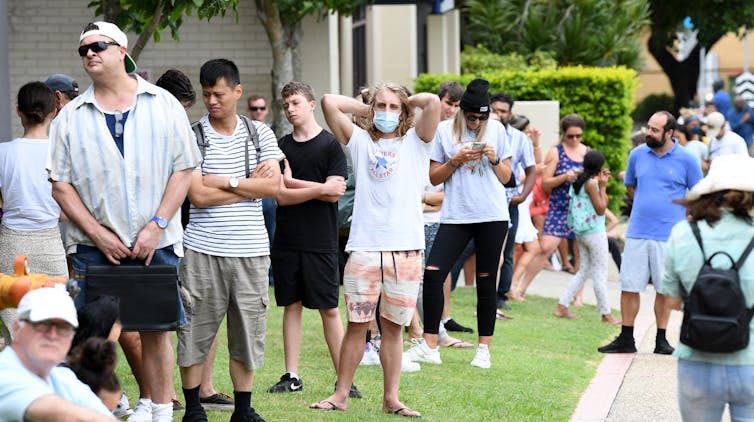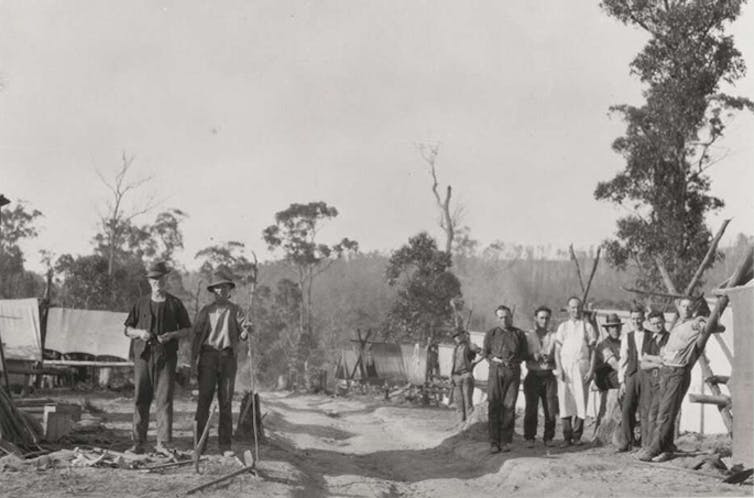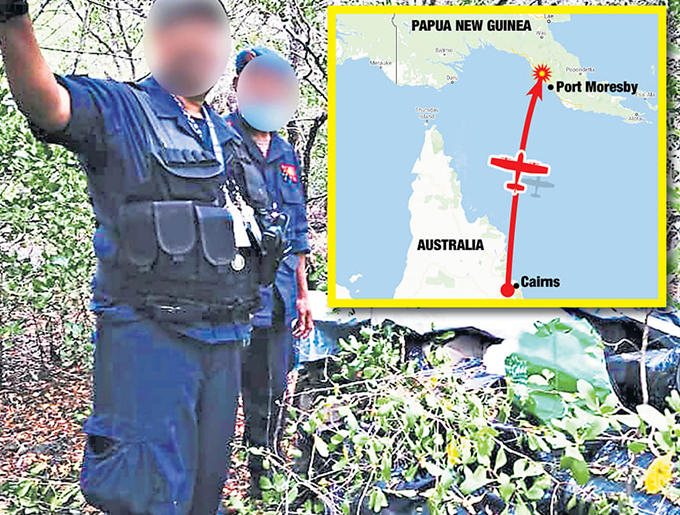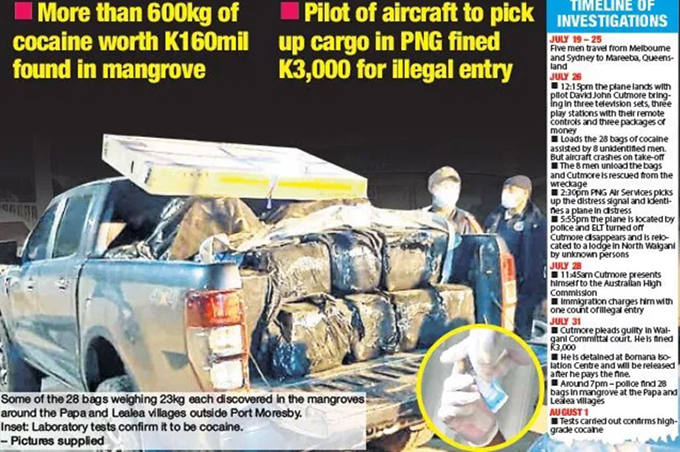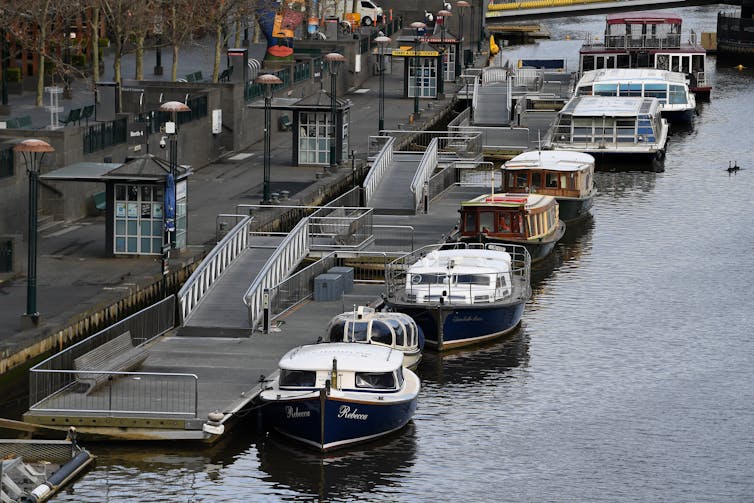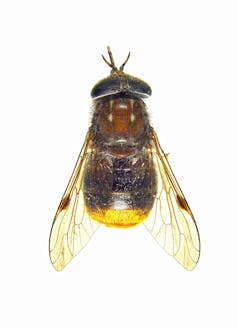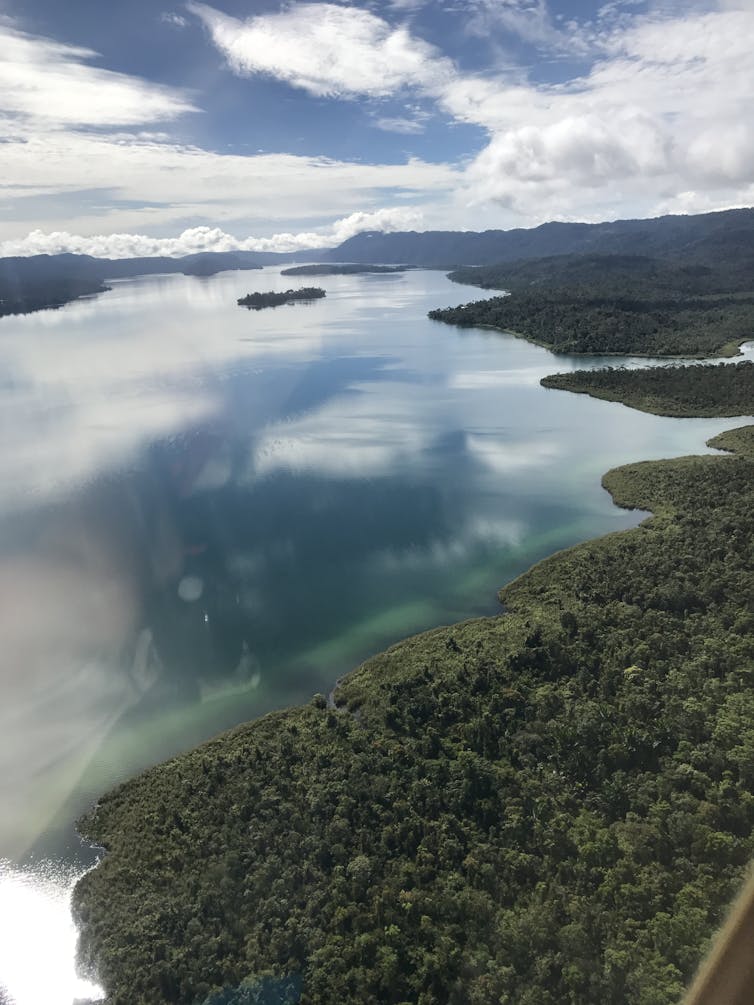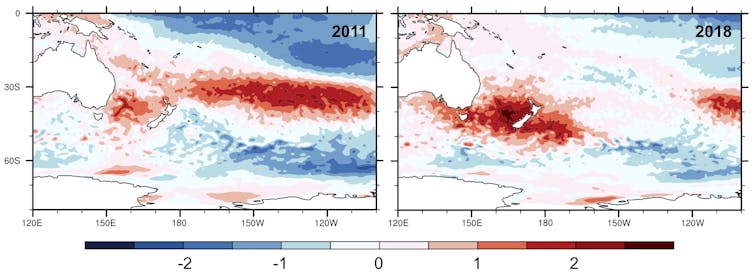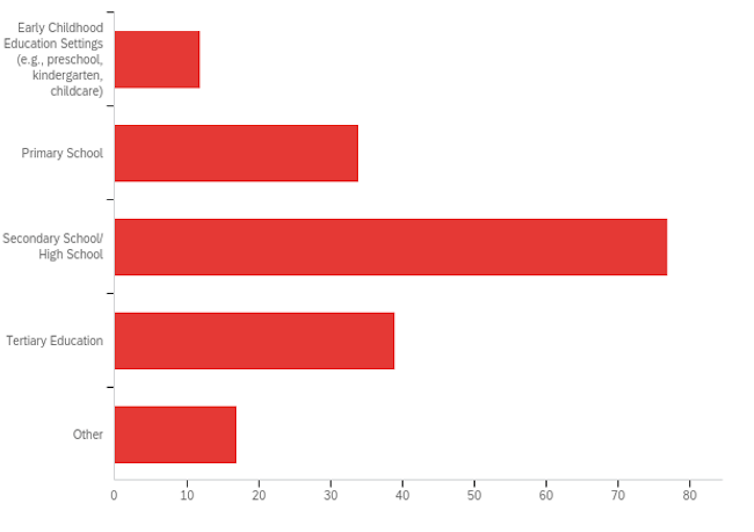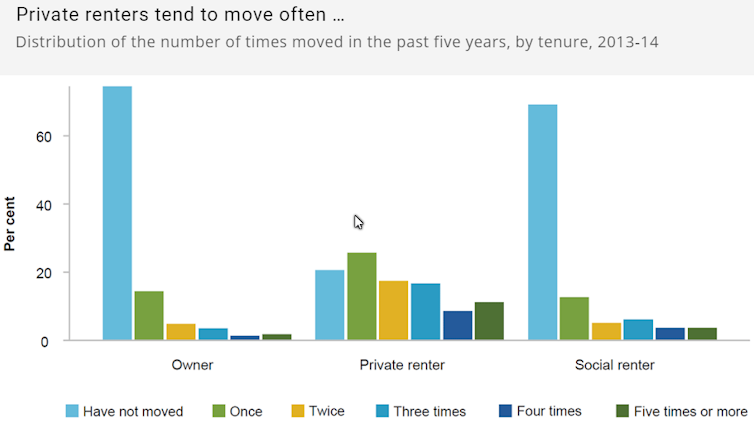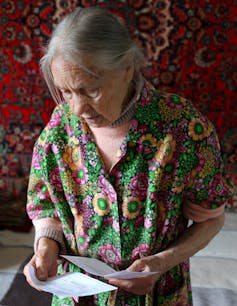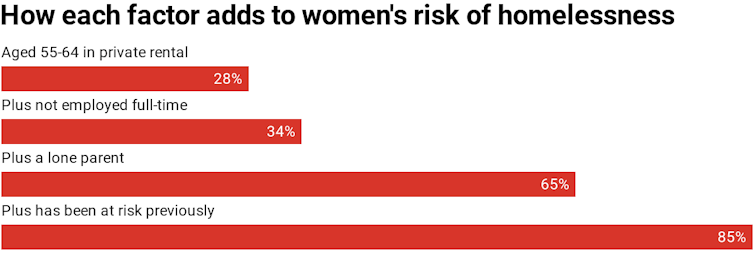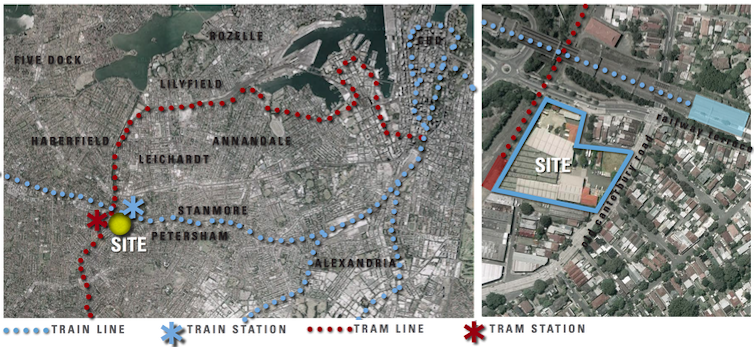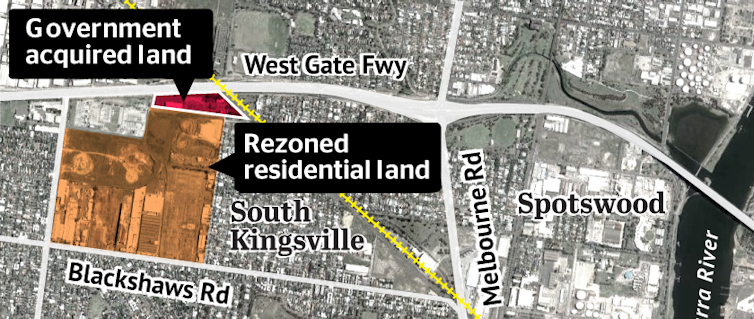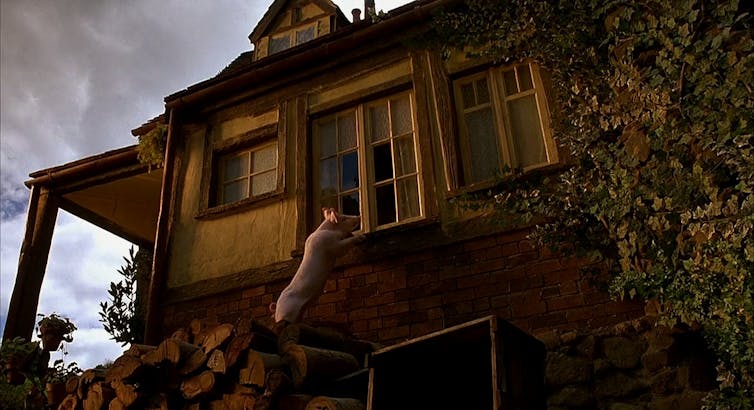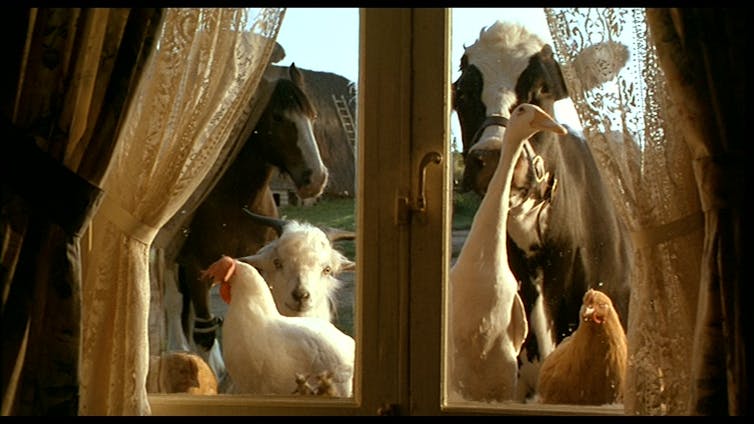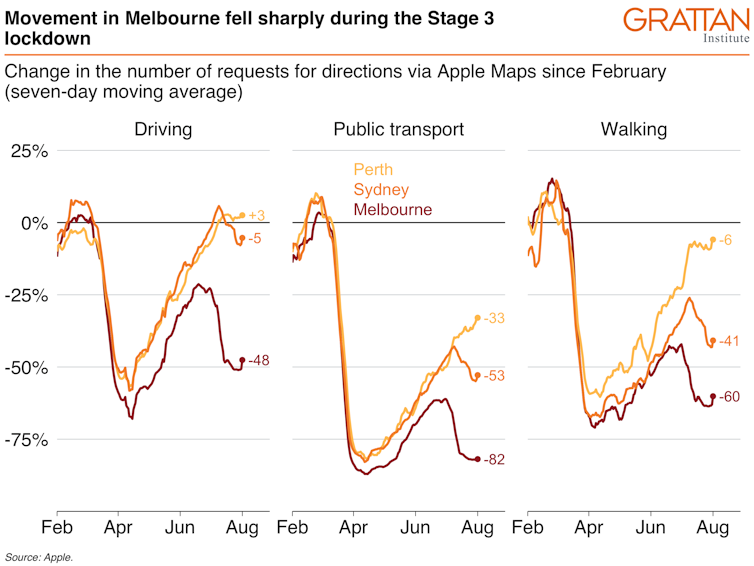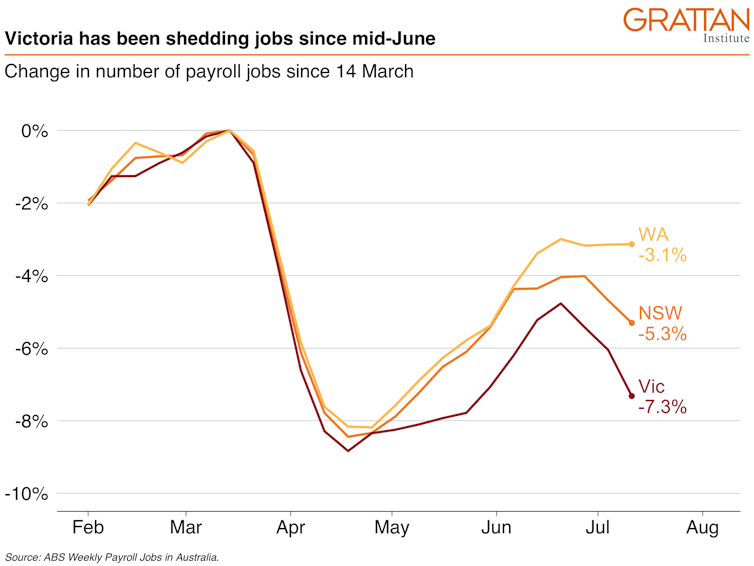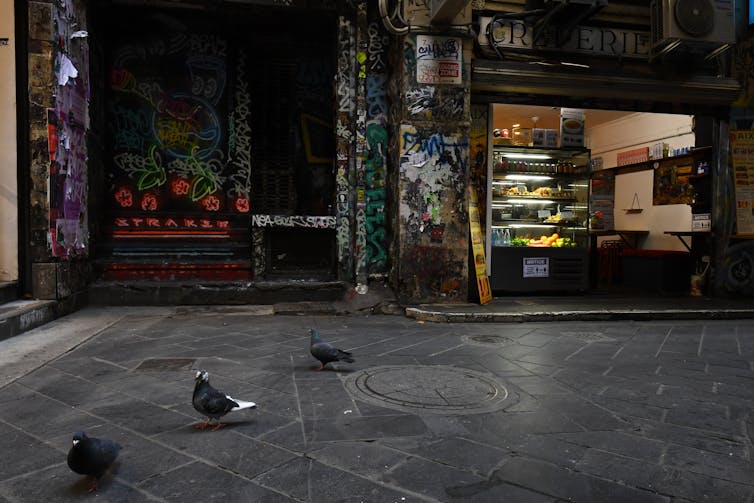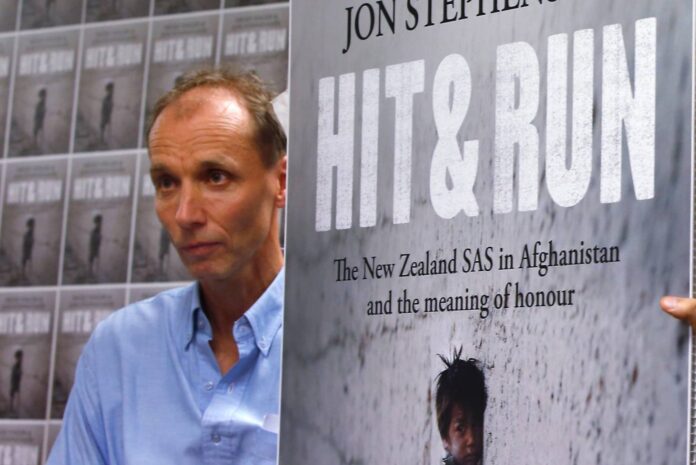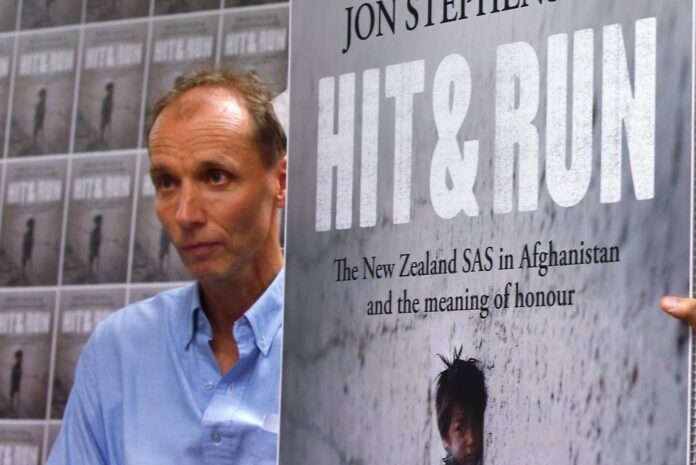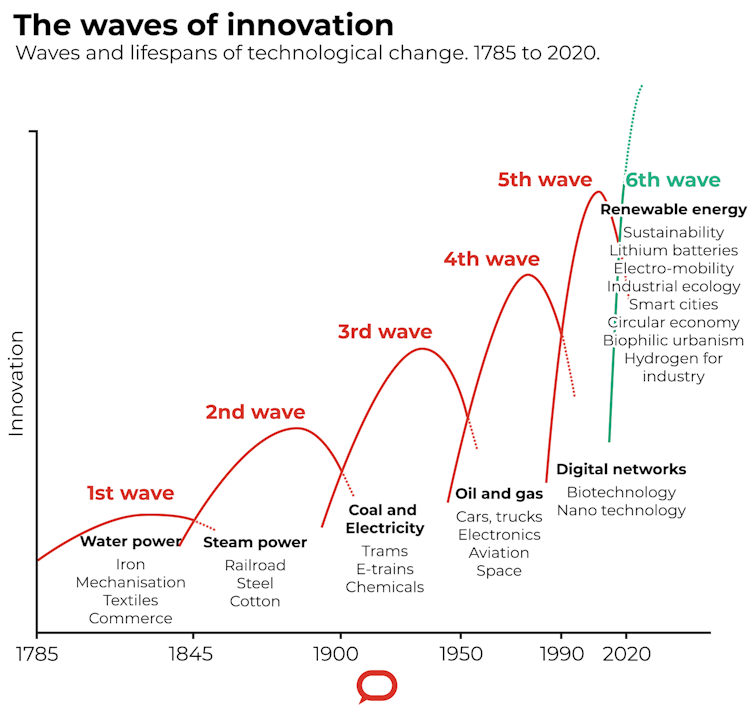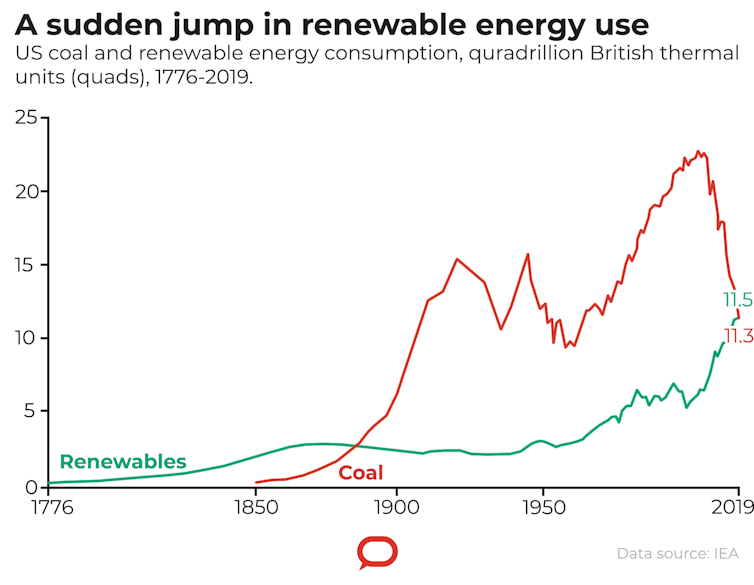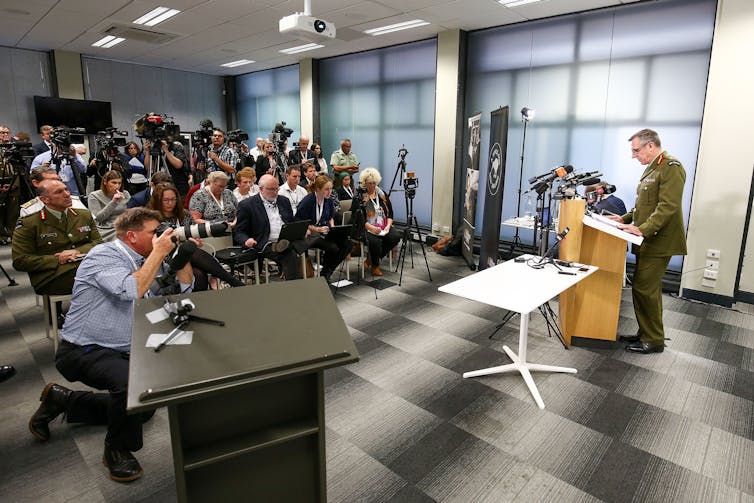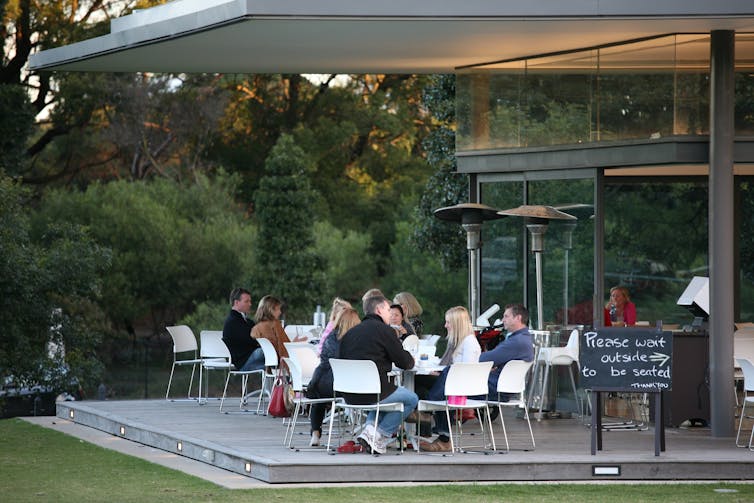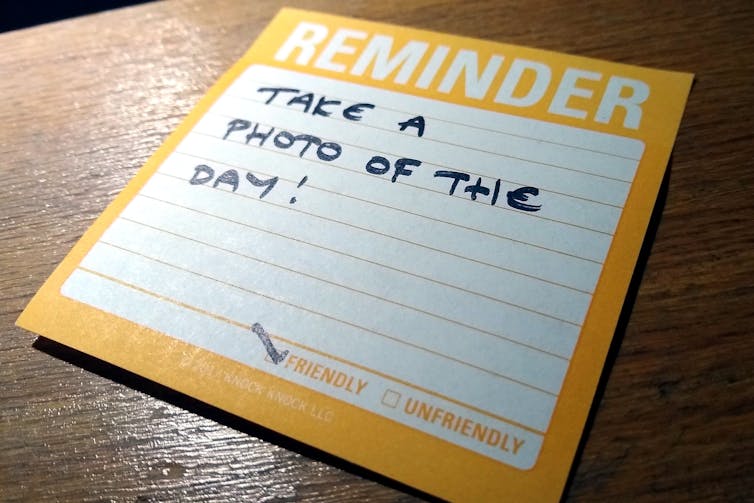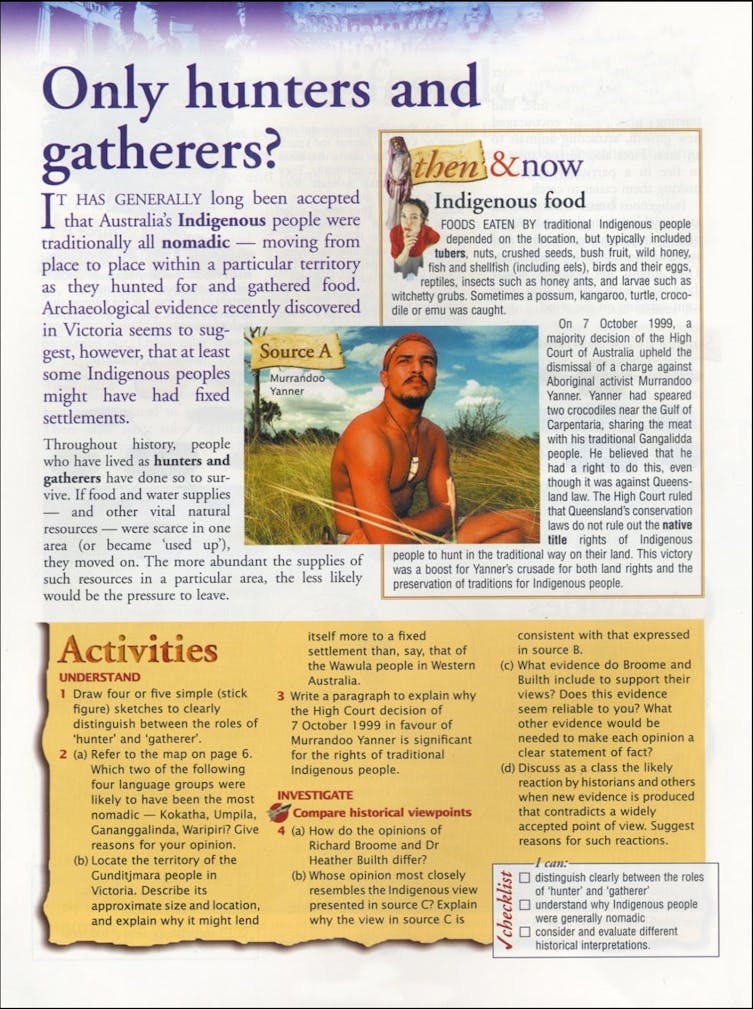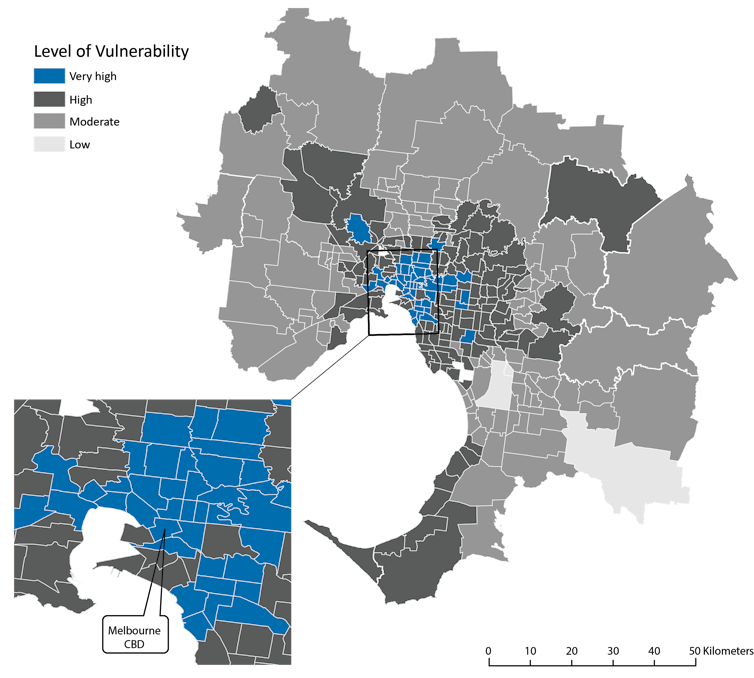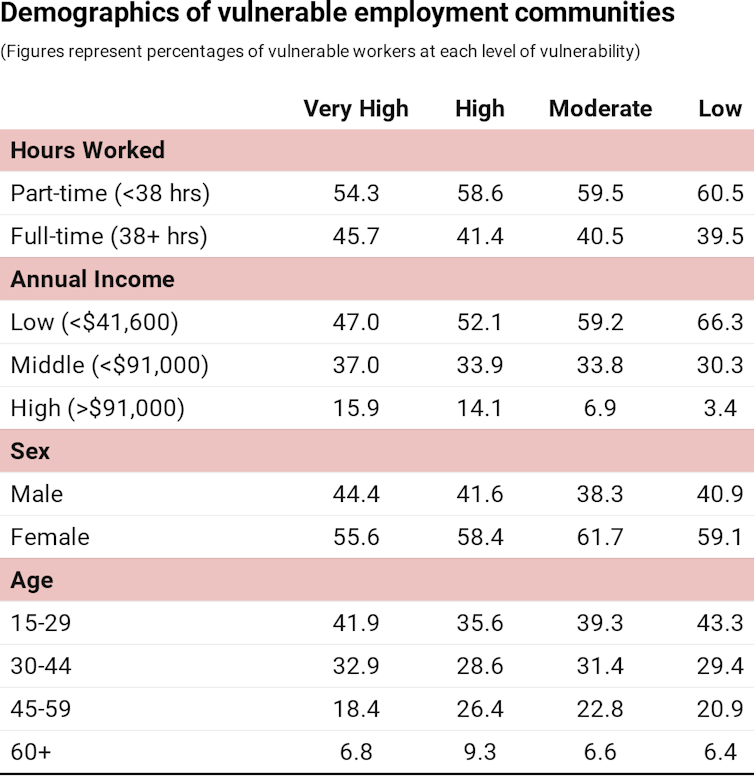Nicky Hager welcomes the Op Burnham Inquiry report, the most serious findings against the NZSAS and NZDF in their history – This report was first published on TheDailyBlog.co.nz
“The Operation Burnham Inquiry report, released Friday, concludes that a child was killed and other civilians were injured during Operation Burnham, and that NZSAS officers denied and hid evidence of the civilian casualties. It finds a prisoner was handed over to torture and the same prisoner was assaulted by an NZSAS trooper. Thus, after nearly ten years of denials, the Inquiry has confirmed the main allegations in the book Hit & Run.”
The report says the book has “performed a valuable public service”.
“The report goes further than the book and finds that named SAS officers hid and denied evidence of civilian casualties following Operation Burnham” (see below).
“The report contains the most serious findings against the NZSAS and NZDF in their history. This should prompt a lot of soul searching inside the New Zealand Defence Force.”
“The report also recommends major changes to NZDF. This is a huge achievement. It is very important that New Zealand is prepared to investigate wrongful actions by its military, thoroughly and independently. The Operation Burnham Inquiry has done that,” he said. Mr Hager welcomes the findings and recommendations. “I thank the commissioners and their staff for two years of hard work.”
“I am very pleased. This is a tremendously important result.”
“At the same time, the public should know that the Inquiry process was highly unequal. NZDF and other government agencies spent millions of dollars of public money trying to deny any wrongdoing, while the authors and public were not allowed to analyse and contest the agencies’ secret submissions and evidence. Military officers were repeatedly given the benefit of the doubt; but not so the villagers.”
“However this makes it all the more significant that the Inquiry has confirmed the main allegations in the book. Moreover, the government has accepted the report’s recommendations, which is very important. These changes will strengthen civilian control of the military in the years ahead.”
“The report confirms most key allegations in the book. It….
Confirms civilians were killed and injured (and did not reach a decision for most other deaths whether or not they were civilians)
Confirms a child was killed (Mr Hager and the Inquiry differ over whether there is “sufficient evidence” to be sure she was called Fatima) (5/93)
Confirms that reports of civilian casualties were denied and hidden by named SAS officers
Confirms NZDF did not give aid to the wounded (Mr Hager and Inquiry differ on whether it was legally obliged to do so (6/144)
Confirms the NZDF mission failed in its objective; the troops did not capture or kill either of the insurgent leaders they were seeking
Confirms NZDF failed to investigate civilian casualties (9/149)
Confirms no weapons were fired at the NZ-led forces at any stage of the operation (5/38)
Confirms that, contrary to NZDF claims, the raid occurred in the two villages named in the book, Naik and Khak Khuday Dad (3/4)
Confirms that both target houses were burned during the raid, and one of them was further damaged at a later date (however Mr Hager and the Inquiry disagree over whether this was deliberate)
Confirms the NZSAS breached the Geneva Conventions by handing over a prisoner to torture (11/144)
Confirms an NZSAS trooper assaulted a prisoner while bound and blindfolded, again breaching the Geneva Conventions (10/28)
Confirms Ministers were misled by NZDF (eg ch 1, clause 7.5.2)
Finds the NZDF response to reports of civilian casualties was “deeply troubling”, reflecting conduct and events over a number of years (9/1)
Finds a “surprising level of ineptitude and disorganisation within NZDF Headquarters” (9/165)
“This is an extremely serious list of findings.”
Severe criticism of NZSAS officers for hiding and denying civilian casualties
“Four former commanding officers of the NZSAS are found to have acted improperly. This is unprecedented.” The officers are:
1. Brigadier Chris Parsons (NZSAS commanding officer 2010): when he sent a “seriously misleading” email (1/76(a)) from Afghanistan saying that there was no evidence of civilian casualties, his position was “implausible” (9/27), “fundamentally inconsistent” with what he knew (9/30), it was a “serious failure” (9/63), and “unreasonable and unacceptable”(9/63). He directed a subordinate to remove words from a report that acknowledged civilian casualties (9/51). His actions were “inexcusable” (9/70) and the commissioners said “we do not accept his denial”. (9/69) Parson’s quietly left his job as New Zealand’s defence attache to London after the draft inquiry report was circulated.
2. Peter Kelly (NZSAS commanding officer 2004-6, Director of Special Operation 2009-11) produces a ministerial briefing paper denying civilian casualties that was “inaccurate in fundamental respects” (9/74) and “misleading” (9/158), despite it being “contradicted by other information available to NZDF, including video footage, intelligence reporting and ISAF’s own media releases” (ch1, clause 7.5.3.) He told the Inquiry he was unaware of a second US civilian casualty investigation but his own email shows he knew about it (9/78-79).
3. Jim Blackwell (NZSAS commanding officer 2006-9, Director of Special Operations 2011-15): the Inquiry members “do not accept his account” of how he obtained a report on civilian casualties that he quietly deposited in an NZDF safe (9/89 and 99). They do not believe him when he said he had told other NZDF officers about the report (9/100). They were “concerned” that he “failed to mention in his evidence that he visited Afghanistan” (9/93). He appears to have misled the Inquiry.
4. Tim Keating (NZSAS commanding officer until 2001 and Chief of Defence Force 2014-18) His claims publicly and to ministers that Hit & Run was not about an operation NZDF conducted were “implausible” (9/136) and “ignored, unfairly, what was accurate in the book” (9/137). Keating had “erred in giving the prominence he did to the location errors in Hit & Run and not acknowledging that the book was accurate in important respects” (9/133).The report adopts the names of the villages used in the book as the location of Operation Burnham (3/4), contradicting Keating.
Chapters 8 and 9 on the “cover up” are deeply embarrassing for the NZSAS and NZDF. This includes finding that someone in the SAS had deleted a video of the child’s funeral off the SAS computer system (see “Other important parts of the report” below).
NZDF lobbied the Inquiry recently with an “expert opinion” trying to disprove that the funeral video showed the wrapped corpse of a child (9/167). Mr Hager says this gives the public a picture of the way NZDF has fought the Inquiry from beginning to end. Disputing a dead child, who had already been conceded by the Chief of Defence Force, is “astonishingly bad taste”, he said. It seems the Inquiry thought so as well: it restated its opinion that the video showed a child and asked why NZDF had not done “this style of forensic analysis” immediately after Operation Burnham (ie to investigate the reports of a dead child). Mr Hager: “We get an unattractive snapshot of NZDF, just in recent months, using yet more public money to try to deny the child was killed. I doubt many NZDF staff will be impressed by this behavour.”
Errors in the book accepted
“The Inquiry report acknowledges the difficulty of researching the long-hidden subject and unsurprisingly finds some errors in the book relating to Operation Burnham. Mr Hager has agreed with the Inquiry about various errors identified, including acknowledging that three men were seen carrying weapons on video he obtained under the US Freedom of Information Act. The book also appears to have had the age of the child Fatima wrong and several photos used as illustrations in the book, including of the child, are incorrect. Fortunately these errors are minor compared to the main findings.”
“’The main force of the Hit & Run allegations does not start until chapters 8-12 of the Inquiry report: the actions of SAS officers in response to reports of civilian casualties and the abuse of a prisoner. The book is found to be correct on nearly every point here. This is what the Hit & Run title of the book was about: NZDF not investigating the reports of civilian casualties (which at the time appeared twice in the New York Times), and the torture, and instead trying to pretend nothing had happened.
Claimed errors not accepted
There are other issues where Mr Hager does not agree with the Inquiry. “We were never going to get every point over the line, against an army of lawyers and massive resources.”
Mr Hager does not agree with the Inquiry report on the dead child’s name, whether the acknowledged burning and blowing up of insurgents’ homes was deliberate, and the civilian status of various unarmed people who were killed, including four unarmed men shot in a separate valley and an unarmed man shot by an NZSAS sniper. (The main areas of disagreement are listed in the attached notes.)
The chapter 1 summary of findings gives a very one-sided account of these issues. Of the five “key allegations” on Operation Burnham listed in Chapter 1 para 9, the report finds the book correct or largely correct on three, 9(b), (d) and (e), we disagree on 9(c) and we had already conceded 9(a) last year.
Mistreatment of a prisoner
The report devotes chapters 10 and 11 to the subject of mistreatment of a prisoner, agreeing in full with the allegations in the book about torture and assault. It finds that NZSAS delivered a prisoner to the NDS secret police in the knowledge that NDS was torturing prisoners. The prisoner was indeed tortured and when NZDF learned this it did nothing about it.
The report says delivering a prisoner to possible torture makes New Zealand in breach of international law. When NZDF heard about the torture, it had an obligation to report the torture and investigate it, but it did not (11/129). The report recommends that the government take action on these breaches, including developing new policies, procedures and training programmes (Ch12, recommendation 4). This is a very important result.
Thanks to the key whistle blower
“The book and Inquiry would probably never have happened without the assistance of insiders. I especially thank my main confidential source – the person who first talked about “Operation Burnham” and a tortured prisoner called “Qari Miraj” – without whom the book would not have been written. He is an outstanding example of the importance of whistle blowers. Thanks to the numerous other people who helped, notably lawyers Deborah Manning and Simon Lamain who represented the affected villagers.
Background notes follow:
1. Areas where Mr Hager does not agree with the Inquiry findings
2. Other important parts of the report
Areas where Mr Hager does not agree with the Inquiry findings
1. Mr Hager believes that the NZSAS Joint Tactical Air Controller should have checked and questioned much more carefully before clearing the 1.19 am helicopter attack into the midst of a civilian village. NZDF shares responsibility for the civilian deaths and injuries in that village, and for the breach of international law that resulted.
2. The Inquiry found that the NZSAS did not search for and give aid to the wounded during Operation Burnham, but accepts the NZDF’s excuses. Mr Hager believes giving aid during or at least soon after the operation was necessary morally and under international law.
3. Four men were killed in a separate valley, far from the NZ ground forces and posing no threat, by a US helicopter late in Operation Burham. The attack was cleared by the NZ commander. They were identified as being unarmed. In the absence of strong evidence to the contrary, the Inquiry should have concluded that they were civilians. They appear to have been persuaded not to conclude this as otherwise it was a breach of the laws of war.
4. The Inquiry found that the NZSAS ground force commander ordered an NZSAS sniper to shoot an apparently unarmed man during Operation Burnham. The report states that the Inquiry has been “unable to reach a definitive conclusion” on whether this man, Abdul Qayoom, was a civilian or an insurgent.” (5/100) But, “although there are arguments either ways and reaching a view is not straight forward” (6/98), the Inquiry decided the ground force commander’s decision was justified in case he turned out to be a threat (6/98). Mr Hager believes that the man posed no immediate threat and there were other options available to continue to monitor him. He believes that if the commander was in doubt about whether the man was a civilian, he should have erred on the side of not ordered the shooting. The troops were under specific orders from the US commander avoid civilian casualties.
5. Mr Hager believes that the NZSAS inflicted more damage to houses in the villages than can be accepted as necessary or accidental. Operation Burnham targeted the homes of two known insurgents (as stated in the book) and the NZSAS managed to burn down a substantial part of both of them. NZDF says both were accidental. With the first, Abdullah Kalta’s house, the NZSAS troopers set half the house on fire, blew open one wall trying to gain access, blew up more building walls a second time while disposing of some munitions — all during Operation Burnham — and then the remaining wing of the building was destroyed entirely sometime more than a week later (the report proposes unconvincingly that it may have fallen down on its own). With the second house, Naimatullah’s, the report says an NZSAS officer saw a small fire had started inside but told the Inquiry there was no time to put it out and that NZSAS are not trained to put out fires. These five separate pieces of damage seem too much to be credibly dismissed as accidents. Most NZSAS missions involved no such damage to buildings. Mr Hager believes that the Inquiry gave NZDF too much benefit of the doubt.
Other important parts of the report
Video evidence hidden by NZSAS: The video showing the funeral of a child following Operation Burham was obtained by NZSAS staff in Afghanistan shortly after the raid, but mysteriously could not be found in the NZSAS records when the Inquiry asked for it. The report says “This raises an obvious question: why was NZDF unable to produce the funeral video from its systems when it had been able to produce other videos provided to TF81 at the same time? In the circumstances, we consider the most likely explanation is that the funeral video was deleted or misfiled, most likely in Afghanistan.” (9/168) “All witnesses who recalled the video continued to believe that it showed the funeral of a child.”(9/167(b)) The video “had a file name indicating that it may have shown casualties of Operation Burnham.” (5/91)
CRU-led: NZDF repeatedly claimed, including in written briefings for the Minister of Defence and Prime Minister, that Operation Burnham was “CRU-led” (referring to an Afghan Police commando unit) and only supported by the NZSAS. The implication was that the NZSAS was not responsible for what happened. However the Inquiry says that “to suggest that the CRU planned or led the operation, or were even involved in planning or leading of the operation in a meaningful way, is simply inaccurate and misleading” (4/46).
The Inquiry’s recommendations: Chapter 12 of the report has important recommendations. The commissioners say “We have not arrived at our views lightly. Change is necessary.” (12/2). They make four main recommendations:
1. that the Minister of Defence take steps to satisfy him or herself that NZDF’s
a) organisational structure and
b) record-keeping and retrieval systems are in accordance with international best practice and are sufficient to remove or reduce the possibility of organisational and administrative failings of the type identified in this report (Ch12 Recommendation 1); for instance the commissioners expressed concern about “a culture of exclusivity and secrecy associated with the NZSAS” (12/20));
2. the establishment, by legislation, of an office of Independent Inspector-General of Defence “to be located outside the NZDF organisational structure” (Ch12 Recommendation 2); and
3. NZDF produce a Defence Force Order “setting out how allegations of civilian casualties should be dealt with” (Ch12 Recommendation 3).
4. the Government develop and promulgate effective policies and procedures for people detained in overseas operations.
“These are very serious recommendations, reflecting the seriousness of NZDF’s wrongdoing.”
The role of “crown” lawyers:
Throughout the Inquiry a team of lawyers representing the Ministry of Foreign Affairs, Department of Prime Minister and Cabinet and intelligence agencies made submissions and spoke at hearings, in virtually every instance presenting legal advice that implied that NZDF had at no stage done anything wrong. The Inquiry has concluded that these “crown” positions are in various instances incorrect. The activities of this pro-NZDF public service group, resisting all suggestions that NZDF had done wrong, is a worrying situation revealed by the Inquiry process.



